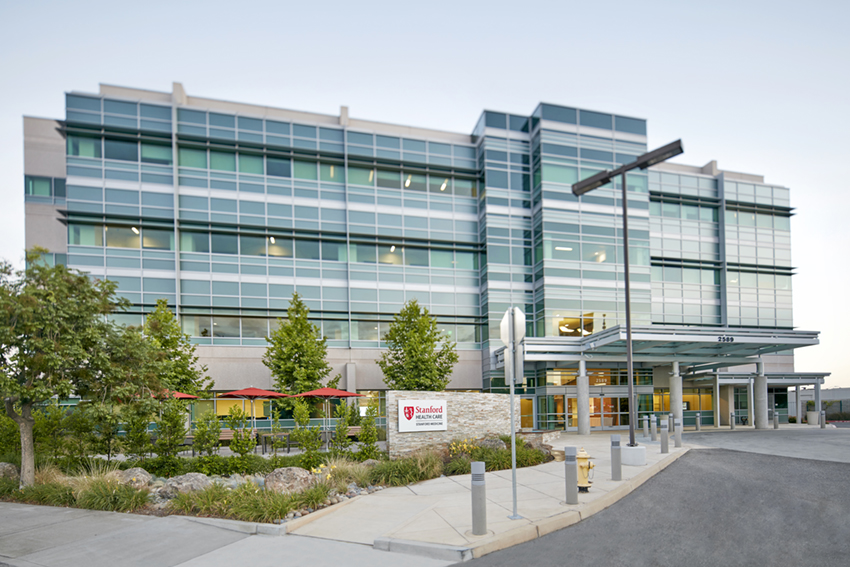New to MyHealth?
Manage Your Care From Anywhere.
Access your health information from any device with MyHealth. You can message your clinic, view lab results, schedule an appointment, and pay your bill.
ALREADY HAVE AN ACCESS CODE?
DON'T HAVE AN ACCESS CODE?
NEED MORE DETAILS?
MyHealth for Mobile
Surgery for Lung Cancer: About this Treatment
Types of Lung Cancer Surgery
Surgery is a common treatment for the main types of lung cancer. The type of surgery your team recommends is determined by the size of the tumor and other factors. Your doctor may recommend chemotherapy or radiation therapy before surgery to shrink the tumor so it is easier to remove. Chemotherapy or radiation therapy is also common after lung cancer surgery.
Lung cancer surgeries vary in the amount of lung tissue doctors remove and the parts of the lung they target. The lung is made up of sections called lobes. The right side has 3 lobes and the left side has 2. Subdivisions of lobes are called segments. Different lung lobes have different numbers of segments.
The main types of surgery to remove lung cancer are:
Wedge resection
Doctors typically use wedge resections to treat the smallest tumors, particularly the ones they know are unlikely to spread. This surgery removes the smallest part of the lobe it is possible to take out.
Segmentectomy
In a segmentectomy, your doctor takes out 1 or more segments of a lobe, while still preserving half or more of that lobe.
Lobectomy
In a lobectomy, your doctor takes out an entire lobe to remove the cancer. At Stanford about 70% of these surgeries are minimally invasive, which means they only require small incisions. These procedures use techniques called video-assisted thoracic surgery (VATS) or robotic-assisted surgery.
Sleeve lobectomy
In a sleeve lobectomy, doctors take apart the airway and sometimes the main artery in the lung so they can get the tumor out. They then reconnect the lobe, artery, and airway. This allows the surgeon to preserve lung tissue to optimize post-operative lung function.
Pneumonectomy
Sometimes a tumor’s location makes it impossible to remove the entire tumor with a lobectomy. In that case, doctors perform a pneumonectomy, removing the entire lung on the side of the tumor.
People who have pneumonectomies may be left with some shortness of breath. Your care team works with you to help you manage this side effect with medicine or techniques such as breathing exercises.
Our Clinics
Stanford Cancer Center provides a warm, supportive environment that enables patients and families to stay in one location for procedures and tests and focus on healing.


Stanford Cancer Center provides a warm, supportive environment that enables patients and families to stay in one location for procedures and tests and focus on healing.
RELATED CLINICS

1st Floor, Room A175
Stanford, CA 94305
Phone: 650-725-7061
To schedule an appointment, please call: 888-888-8888
Learn More About Surgery for Lung Cancer
Our Approach
About this Treatment
Learn about the conditions treated, risks, techniques, and types of surgery for lung cancer.
Patient Care Resources
Learn what to expect as you go through the early steps of your care.


